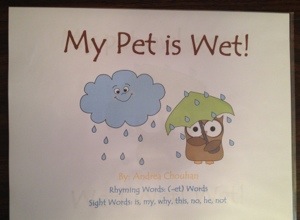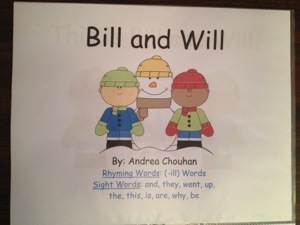Here are the questions and answers that you have been dying to know, but have been either afraid to ask or too busy to research (or you once knew and just plain forgot). As a parent or teacher of young children, you should become well versed in the story behind sight words and dolch words. Don’t worry….this will be easy reading and quick!
1. Why do children need to learn SIGHT WORDS? It is suggested that children should begin learning sight words prior to first grade and should be able to read most of the Dolch words by the end of third grade. These are typical expectations in many schools, to ensure fluency in reading.
2. Should sight words be “sounded-out”? No. They should be quickly recognized and read in under 3 seconds. Most of these words cannot be sounded out.
3. What are dolch words and are they the same as SIGHT WORDS? Technically, yes. Dolch words, are the 220 most frequently used words in children’s books. 50-75% of words in children’s books are dolch words.
4. Are sight words or dolch words research-based? Yes. Edward W. Dolch, PhD, developed the Dolch Word lists based on research documented in his book “Problems in Reading,” published in 1948. There are 5 lists: Pre-Primer, Primer, First, Second and Third. The list for “Second” does not actually mean that those dolch words should be exclusively taught only in Second grade. It simply means that in Second grade texts (in the 1930’s/1940’s books), those words were documented more in Second grade texts.
5. Why do some curriculum’s or State Standards/Textbooks focus on certain sight words more than others. [(example 1: Kindergarten students in Alabama are expected to learn less sight words than those in Texas).(example 2: I am going on a whim here assuming that Houghton Mifflin vs. Pearson do not present the exact same set of sight words)]….I don’t know the answer to this, but this is a great question to ask your Reading Specialist or Curriculum Specialist! I presume that the arrangement of the timeline of when sight words are presented is based on the textbook, book or Emergent book order.
In the Green Bean Kindergarten Curriculum, I have arranged the Sight Words, based on the Dolch Words, combined with how the Emergent Readers are presented as well as the letters, Word Families and Rhyming Words. It is arranged smoothly for ease of learning.
FREE SIGHT word list below:
Click here for the Green Bean Kindergarten Curriculum SIGHT WORD list: Kindergarten Sight Word List for the Year GBK
Download the Dolch Word List here: dolch_alphabetized_by_grade_with_nouns
References:
“Why Dolch Sight Words are Important” http://learni.st/learnings/176147-article-why-dolch-sight-words-are-important-list-books
“What are Dolch Words?” http://www.mrsperkins.com/what_are_dolch_words.html












































![Alice the Fairy [SIGNED BY ILLUSTRATOR] by Shannon, David (illus.)](https://greenbeankindergarten.files.wordpress.com/2012/09/alice-the-fairy.jpg?w=540&h=688)
































